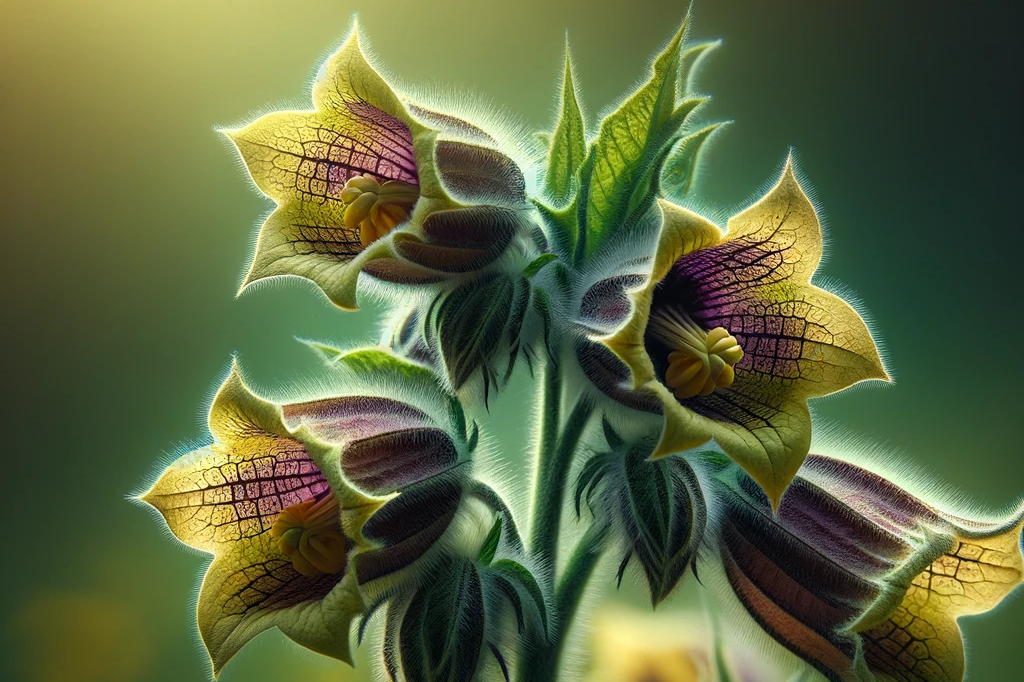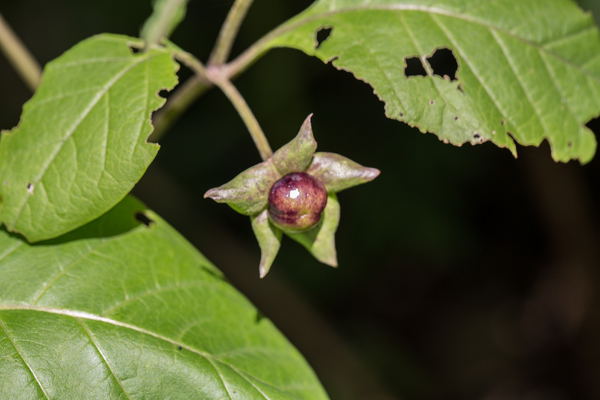Spotted hemlock

What is spotted hemlock?
Spotted hemlock is a biennial plant that belongs to the umbellifer family (Apiaceae). It is mainly native to Europe, West Asia and North Africa and has been introduced to many parts of the world, where it is now considered an invasive species. The plant can grow up to two meters tall and is particularly known for its hollow, spotted stems and white flower umbrellas. All parts of the plant, especially the seeds and roots, contain toxic alkaloids, including coniine, which can be fatal to mammals.
Risks and dangers of spotted hemlock for dogs
Acute toxicity
Consuming even small amounts of spotted hemlock can lead to severe symptoms of poisoning in dogs. Symptoms of hemlock poisoning can include muscle tremors, increased salivation, unsteady gait, respiratory distress and convulsions. Without immediate veterinary treatment, ingestion of spotted hemlock can be fatal.
No medicinal benefits
Unlike other plants that may have medicinal properties for dogs in certain doses, spotted hemlock offers no benefits. The inherent risks and high toxicity make any exposure to this plant extremely dangerous.
Long-term health damage
For dogs that survive poisoning by spotted hemlock, long-term health damage can remain. The toxins can cause neurological damage, resulting in permanent behavioral changes or mobility impairments.
Prevention and protective measures
The best way to prevent poisoning by spotted hemlock is to avoid all contact. Dog owners should familiarize themselves with the appearance of this plant and keep their dogs away from areas where spotted hemlock grows. When walking dogs, it is advisable to keep them on a leash, especially in unfamiliar or wild areas.
Spotted hemlock is a highly poisonous plant that poses a serious threat to dogs. Given its lack of medicinal benefits and high risks, it is of utmost importance that dog owners protect their four-legged friends from this plant. Knowing the appearance and potential locations of spotted hemlock can be crucial to avoiding poisoning. If your dog does come into contact with the plant, seek veterinary help immediately. Ultimately, prevention is the key to protecting your dog from the deadly dangers that spotted hemlock poses.
If you notice any signs of hypersensitivity or poisoning in your dog, you should see your vet immediately. We are not a substitute for a vet, but we try to be as accurate as possible. Every dog reacts differently and we recommend you get a second opinion or consult your vet if in doubt.
Stay healthy and take good care of your four-legged friend!😊
Similar to Spotted hemlock
Henbane (Hyoscyamus) is a genus of around 23 species that belong to the nightshade family. The best-known species is the black henbane (Hyoscyamus niger), which is also known as witchweed or deadly...
Belladonna (Atropa belladonna) is a perennial shrub from the nightshade family. It can grow up to two meters high and has egg-shaped leaves and bell-shaped flowers, which are brown-purple on the...
Monkshood, also known by its scientific name Aconitum, is a genus of perennial plants found in the mountainous regions of Europe, Asia and North America. This plant is not only known for its vibrant...
Marsh horsetail (Equisetum palustre), also known as marsh fern, is a member of the horsetail family and is a perennial plant that is common in wet, marshy areas. This plant is known for its high...



